Photo Gallery for Morrisonia confusa - Confused Woodgrain | 125 photos are available. Only the most recent 30 are shown.
|
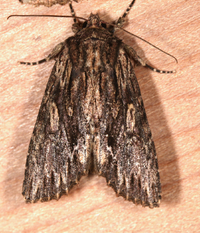 | Recorded by: Jim Petranka, Mark Basinger and Becky Elkin on 2025-05-18
Buncombe Co.
Comment: |  | Recorded by: Mark Basinger on 2025-05-18
McDowell Co.
Comment: |
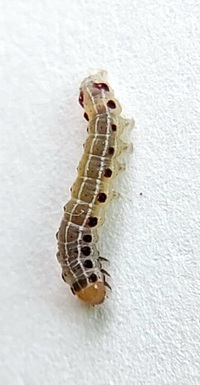 | Recorded by: Mark Basinger on 2025-05-18
McDowell Co.
Comment: | 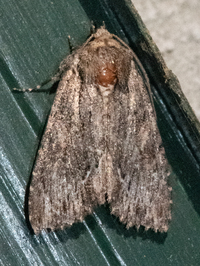 | Recorded by: Emily Stanley on 2025-04-27
Buncombe Co.
Comment: |
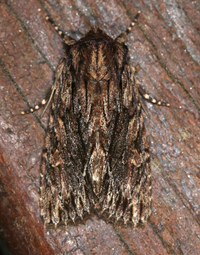 | Recorded by: Jim Petranka on 2025-04-27
Madison Co.
Comment: | 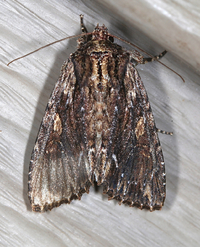 | Recorded by: Jim Petranka on 2025-04-23
Madison Co.
Comment: |
 | Recorded by: Mark Basinger on 2025-04-18
Wilson Co.
Comment: | 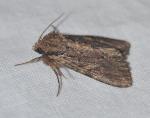 | Recorded by: K. Bischof on 2025-04-15
Chatham Co.
Comment: |
 | Recorded by: Mark Basinger on 2025-04-15
Wilson Co.
Comment: |  | Recorded by: K. Bischof on 2025-04-14
Chatham Co.
Comment: |
 | Recorded by: Simpson Eason on 2025-04-06
Durham Co.
Comment: | 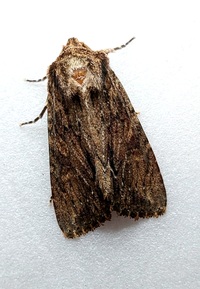 | Recorded by: Mark Basinger on 2025-04-06
Rowan Co.
Comment: |
 | Recorded by: Mark Basinger on 2025-04-06
Rowan Co.
Comment: |  | Recorded by: Mark Basinger on 2025-04-06
Rowan Co.
Comment: |
 | Recorded by: David George, Jeff Niznik on 2025-04-05
Chatham Co.
Comment: | 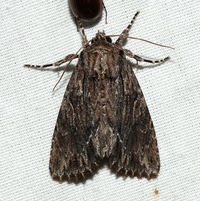 | Recorded by: David George, Jeff Niznik on 2025-04-05
Chatham Co.
Comment: |
 | Recorded by: David George on 2025-04-04
Durham Co.
Comment: | 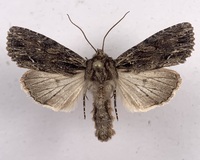 | Recorded by: R. Teper, D. George, J. Niznik on 2025-03-28
Chatham Co.
Comment: |
 | Recorded by: Jim Petranka on 2024-08-16
Madison Co.
Comment: A last-instar larva that was in a leaf fold on Redbud. |  | Recorded by: Jim Petranka on 2024-08-16
Madison Co.
Comment: A last-instar larva that was in a leaf fold on Redbud. |
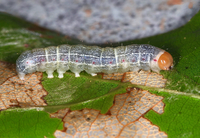 | Recorded by: Jim Petranka on 2024-07-21
Madison Co.
Comment: A larva from a leaf tie on Northern Red Oak. | 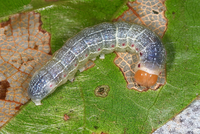 | Recorded by: Jim Petranka on 2024-07-21
Madison Co.
Comment: A larva from a leaf tie on Northern Red Oak. |
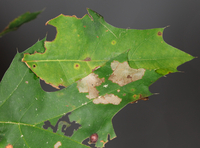 | Recorded by: Jim Petranka on 2024-07-21
Madison Co.
Comment: A leaf tie on northern Red Oak (see companion photo of larva that was inside). | 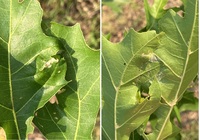 | Recorded by: Ken Kneidel on 2024-06-16
Mecklenburg Co.
Comment: A leaf tie on Quercus palustris. |
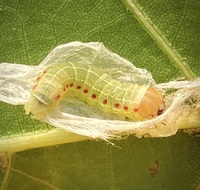 | Recorded by: Ken Kneidel on 2024-06-16
Mecklenburg Co.
Comment: An early-instar larva (10 mm) that was feeding on Quercus palustris. See companion photo of the same individual on 8/24 and now 28 mm.
| 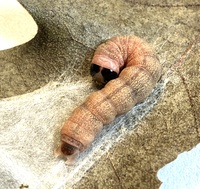 | Recorded by: Ken Kneidel on 2024-06-16
Mecklenburg Co.
Comment: An late-instar larva (28 mm) that was feeding on Quercus palustris. See companion photo of the same individual on 6/16 when only 10 mm long. |
 | Recorded by: David George, Jeff Niznik on 2024-06-01
Chatham Co.
Comment: Larva was in a leaf roll on Styrax grandifolius. |  | Recorded by: Jim Petranka, Mark Basinger and Becky Elkin on 2024-05-16
Buncombe Co.
Comment: |
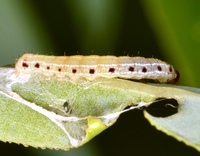 | Recorded by: Stephen Dunn on 2024-05-15
Orange Co.
Comment: | 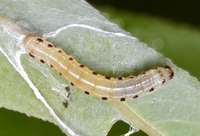 | Recorded by: Stephen Dunn on 2024-05-15
Orange Co.
Comment: |
|